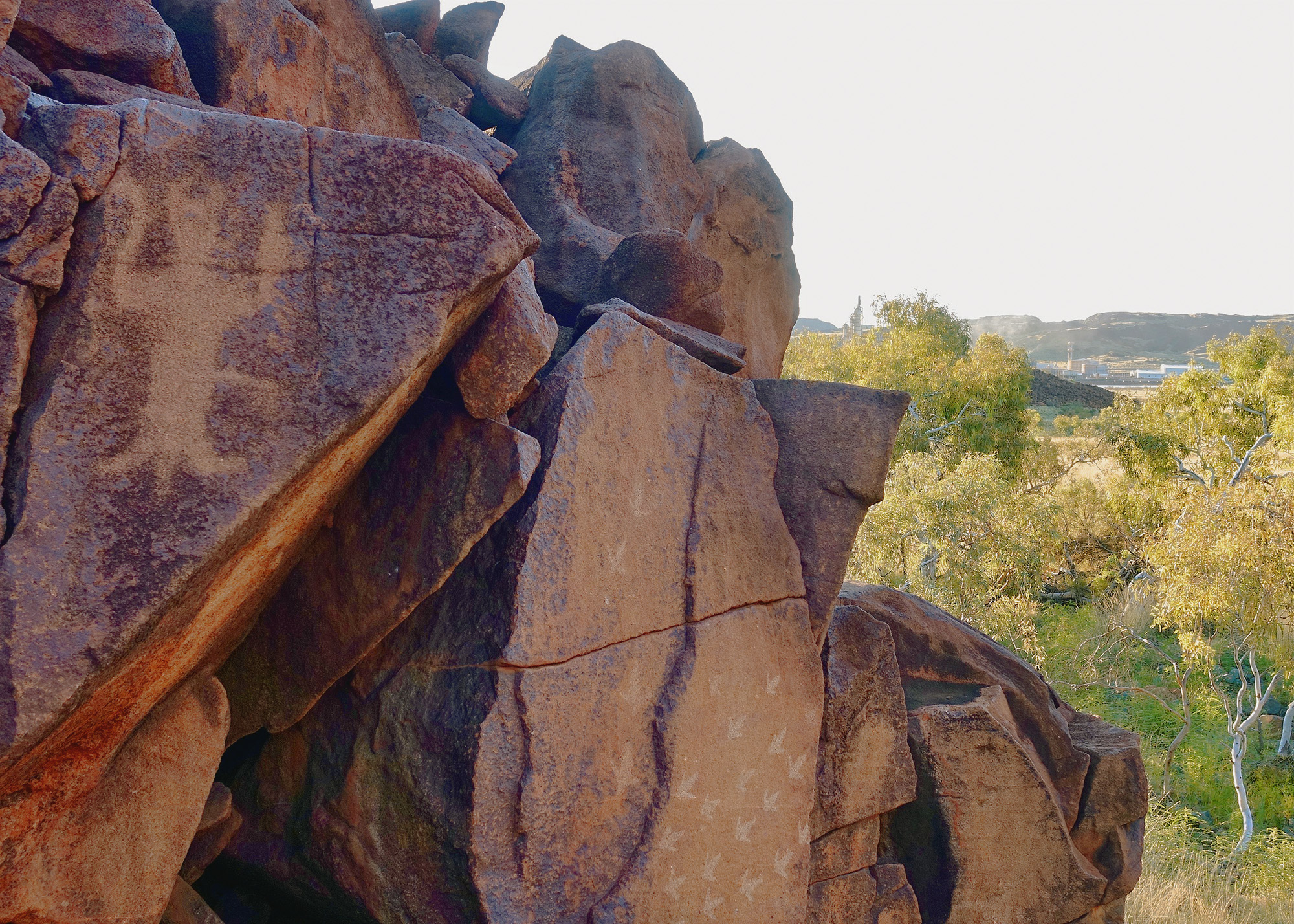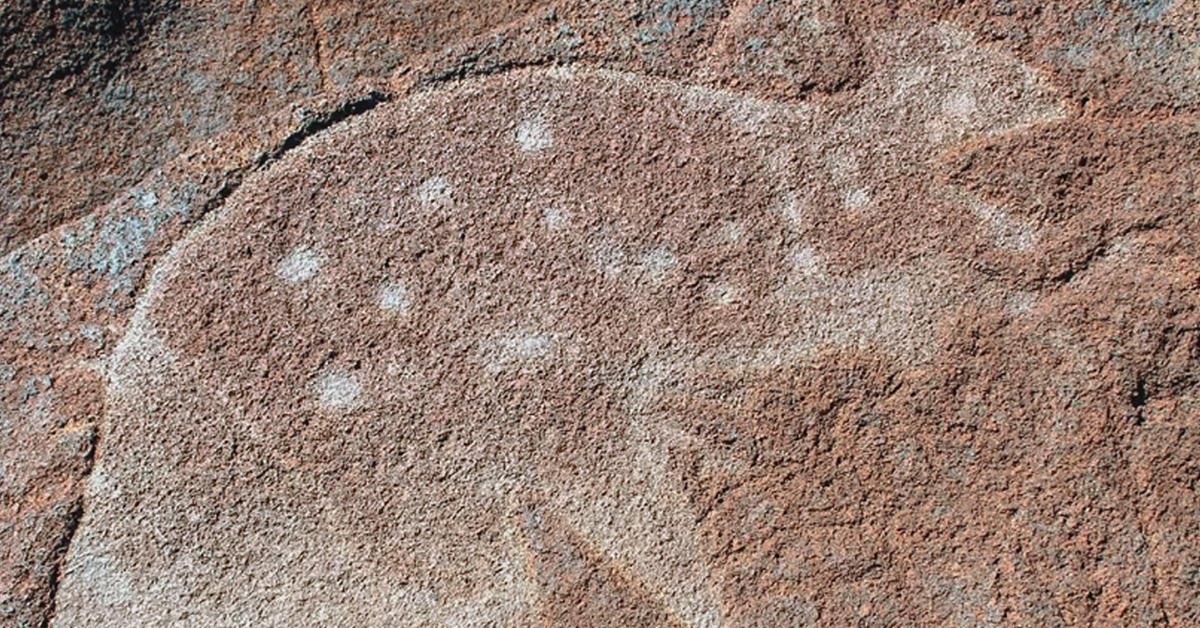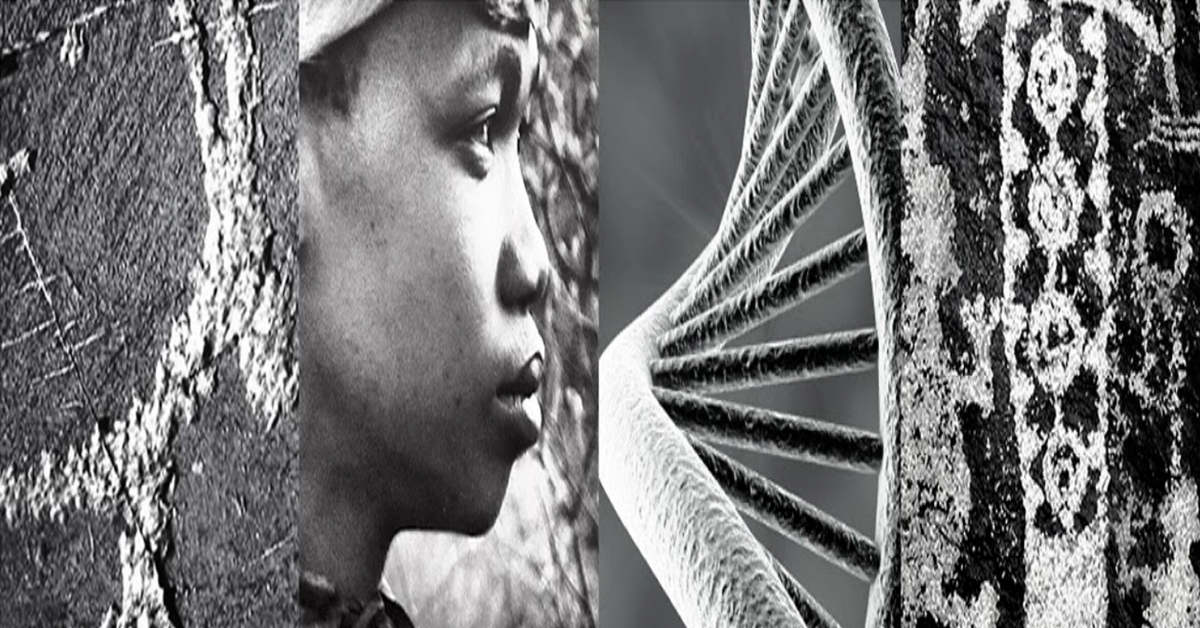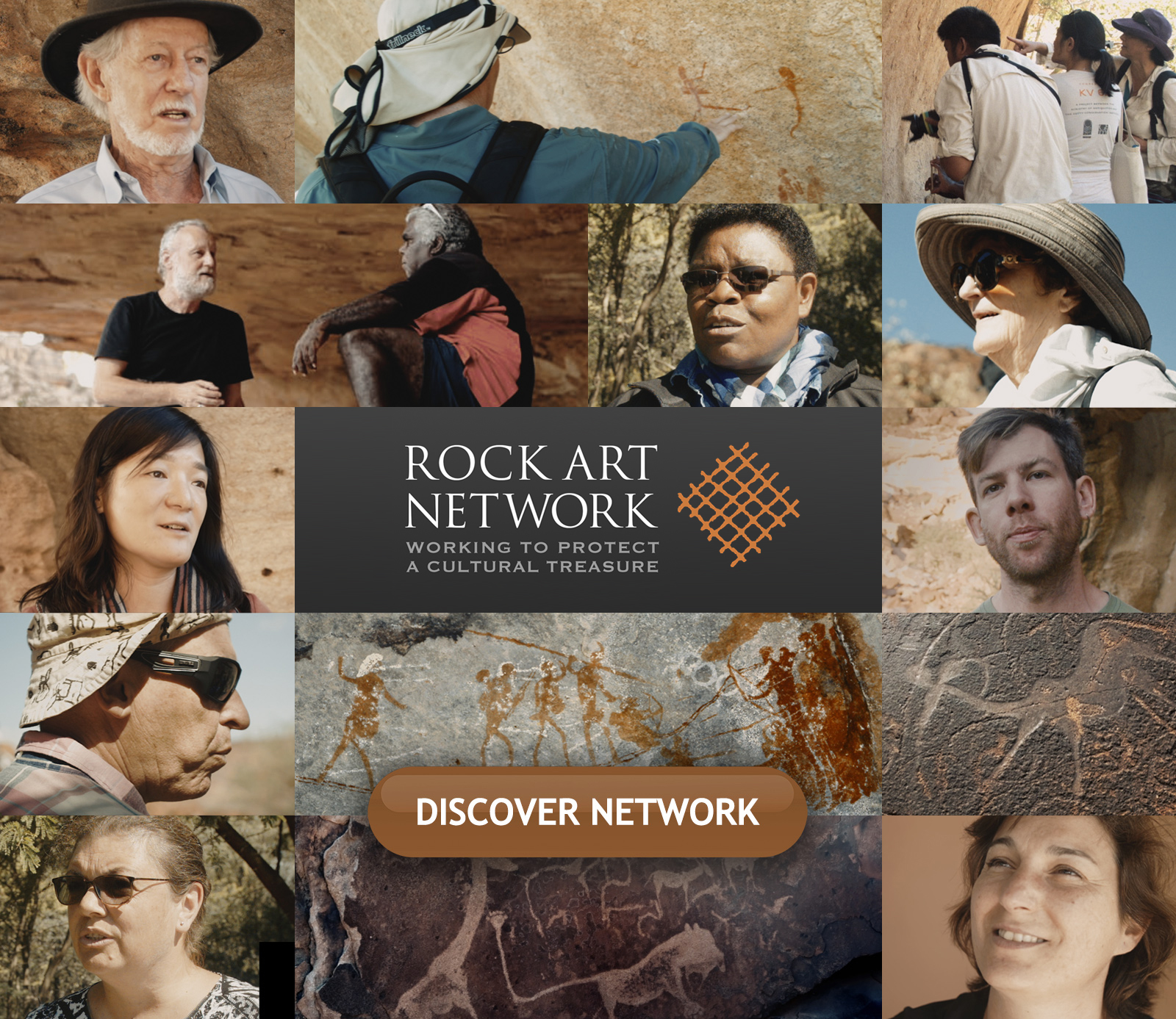
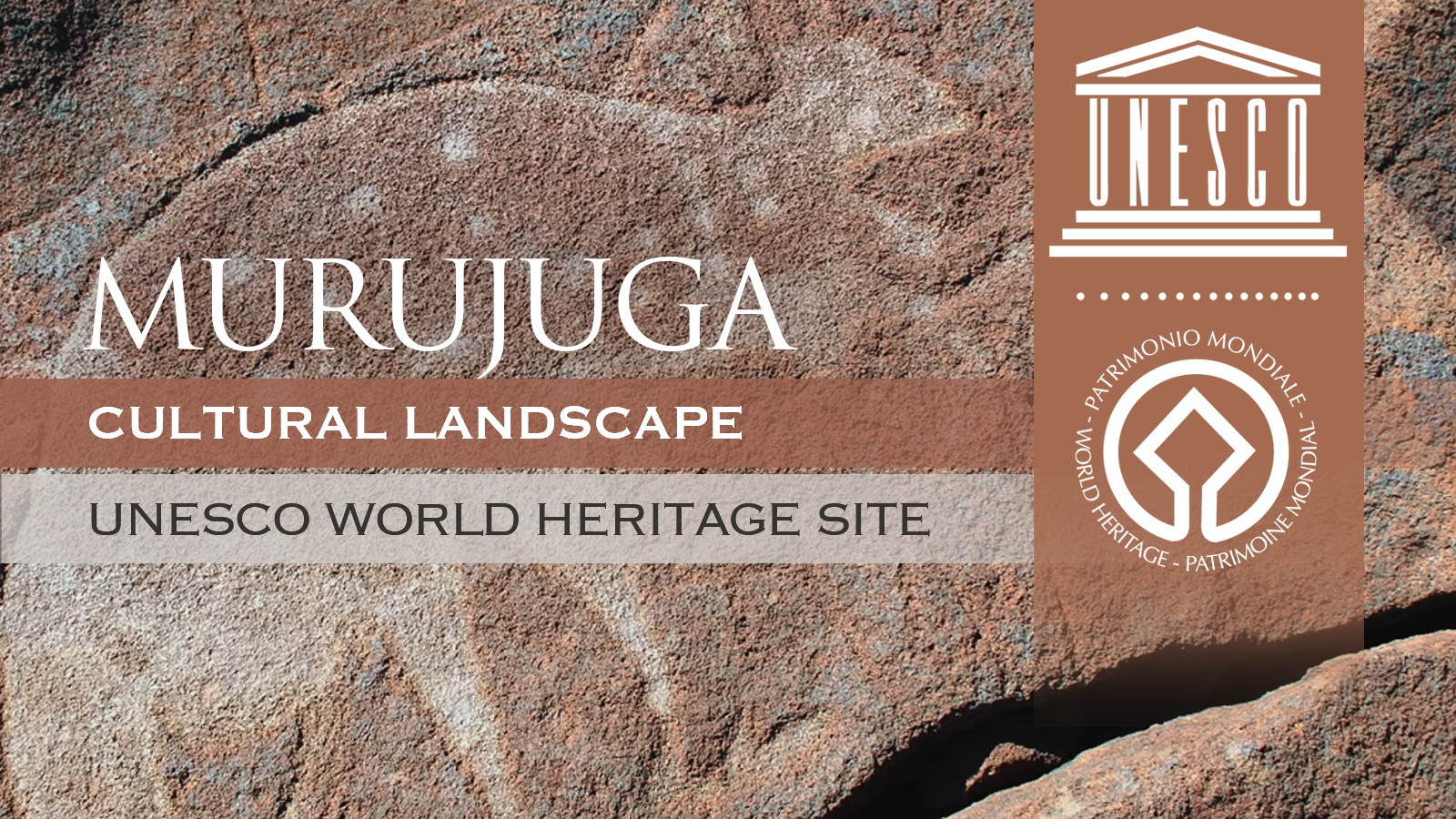
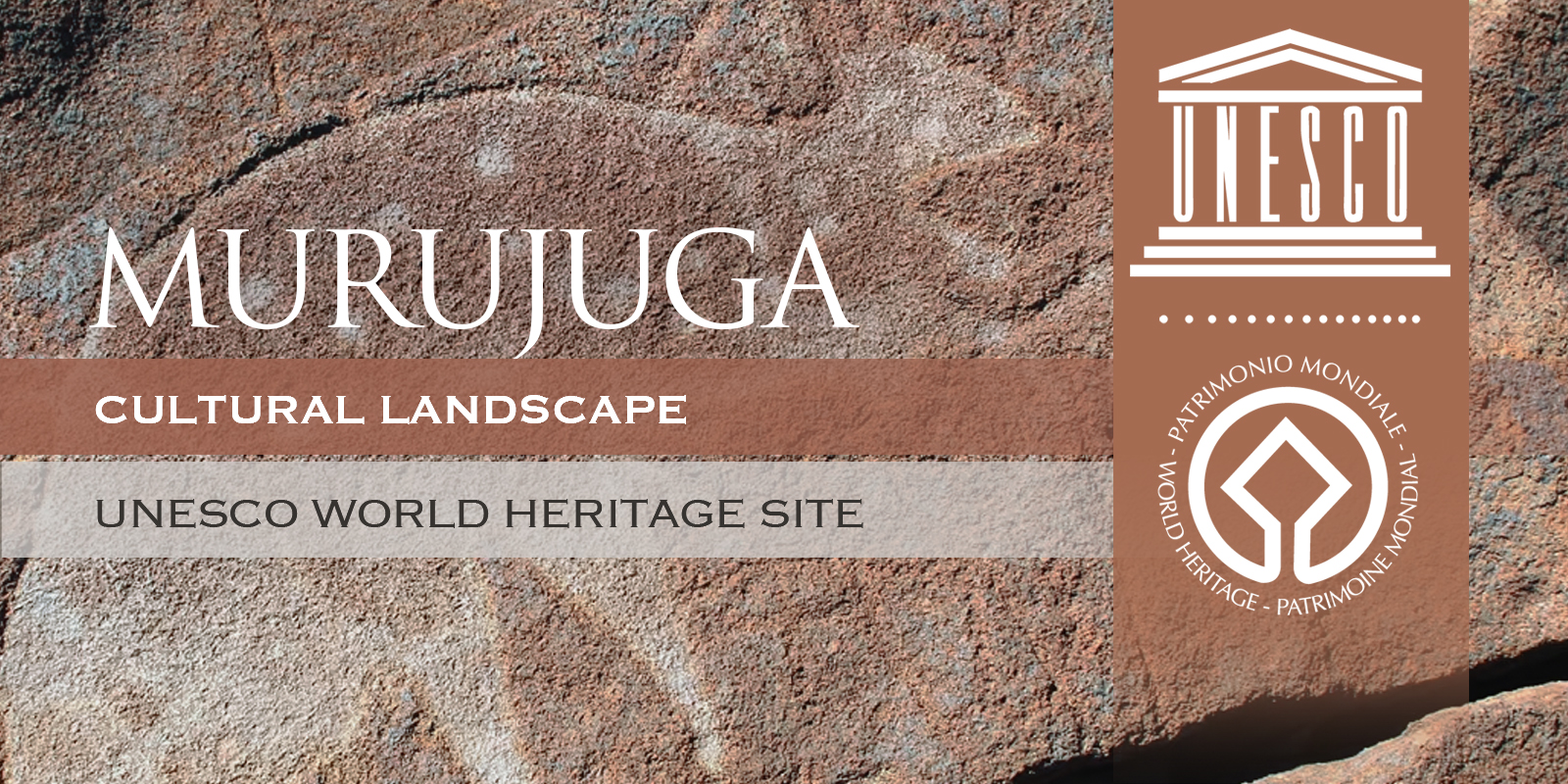
On the 11 July 2025 the Murujuga Cultural Landscape was inscribed on the World Heritage List. World Heritage Sites are landmarks and areas with legal protection under an international treaty administered by UNESCO for having cultural, historical, or scientific significance. The sites are judged to contain "cultural and natural heritage around the world considered to be of outstanding value to humanity".
The Burrup Peninsula, previously known as Dampier Island, is a former island of the Dampier Archipelago that is now connected to the mainland via a causeway. The peninsula and islands together are also known as Murujuga. The peninsula is located in the Pilbara region of Western Australia and contains the town of Dampier as well as the Murujuga National Park. The peninsula includes the Murujuga Cultural Landscape, the home of its ancient rock art. There is ongoing political debate around industrial development on the Burrup as it has resulted in the physical destruction and disturbance of petroglyphs and is potentially causing ongoing damage via atmospheric pollution.
Some of the Aboriginal rock carvings have been dated to more than 45,000 years old. The collection of standing stones is the largest in Australia with rock art petroglyphs numbering over one million, many depicting images of the now extinct thylacine - the Tasmanian tiger. Researchers estimate there are some one million engravings on the peninsula and islands, and around 2,500 archaeological sites which also include quarries, shell middens, and campsites.

Most Murujuga rock art is on 2.7 billion year old igneous rocks. The rock art was made by etching away the outer millimetres of red-brown iron oxide, exposing pale centimetre-thick weathered clay.
Between 1963 and 2006 about 900 sites - almost a quarter of the rock art on Burrup Peninsula - had been destroyed to make way for industrial development. The Western Australian government argued for a much lower figure, suggesting that only 4 percent of sites had been destroyed since 1972.
In 2022 a paper was published in Rock Art Research - THE IMPACT OF INDUSTRIAL POLLUTION ON THE ROCK ART OF MURUJUGA, WESTERN AUSTRALIA (Volume 39, Number 1, pp. 3-14. B. W. SMITH et al.): 'MacLeod and Fish have recently suggested that there is no adverse impact on the engraved rock art of Murujuga (the Burrup Peninsula) from industrial pollution. This highly This highly controversial conclusion demands examination because it could influence the future government decision-making concerning ongoing applications to expand industrial activity on Murujuga. We, therefore review the data and arguments underpinning that conclusion. We find the conclusion unsubstantiated, misleading and potentially damaging for the long-term preservation of the Murujuga rock art. Evidence suggests that the petroglyphs are already actively degraded by industrial pollution.'
(Source: UNESCO - https://creativecommons.org/licenses/by-sa/3.0/igo/)
(Source: Wikipedia - Creative Commons Attribution-ShareAlike 4.0 License).
→ Subscribe free to the Bradshaw Foundation YouTube Channel
→ Australia Rock Art Index
→ Introduction to the Australia Rock Art Archive
→ Rock Art of the Kimberley
→ Rock Art Australia (RAA)
→ Dating the Rock Art of the Kimberley
→ Australia's Oldest Known Rock Art
→ Film - Griffith University's Laureate
→ ABC Radio National 'Nightlife'
→
Experts rush to map fire-hit rock art
→ The aftermath of fire damage to important rock art at the Baloon Cave tourist destination, Carnarvon Gorge, Queensland, Australia
→ Studying the Source of Dust
→ Rock Art of Western Arnhem Land
→ Australia's Aboriginal People
→ The Kimberley
→ Out in the Back Country - Hugh Brown
→ Rock Art Australia
→ Bradshaw Foundation
→ Rock Art Network

